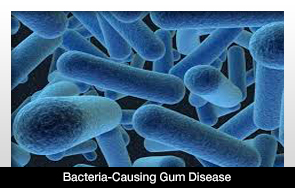 |
Parents are finally paying attention to a particularly important part of their children’s well-being—their oral health.
A comprehensive study showed that nearly 72 percent of the 90,555 parents indicated that they believed their children were in good oral health. In 2003, only 67.7 percent of the 96,510 parents studied made that same claim.
That portion of this study appeared in the December 5 issue of Preventing Oral Disease and was conducted by the College of Dental Medicine and Mailman School of Public Health at Columbia University.
In 2003, 71.5 percent of parents stated that their child had visited a dentist in the past year. The number jumped to 77 percent in 2011 through 2012.
The numbers for people ages 50 and older weren’t as promising. In 2008, a study from the School of Nursing, Global Health Institute at Duke University showed that about 77 percent of adults in that age group did not have a dental cleaning in the last year. The rate did not improve during the previous decade.
These two studies clearly point out the opposite directions in which these age groups are heading in regards to dental health. The largest differences involved people who live in poverty. Impoverished children are seeing the dentist more frequently while the opposite is true for impoverished adults ages 50 and older.
The impact of insurance may be blamed for this disparity. Medicaid does not make it a guarantee for people using the program to receive dental treatment but poor children have more of an opportunity to receive dental treatment based on the Children’s Health Insurance Program, which has increased its coverage during the last 10 years.
This trend may continue based on other programs in place. Medicaid still doesn’t require adult dental benefits but even private insurers must provide dental coverage for children.









